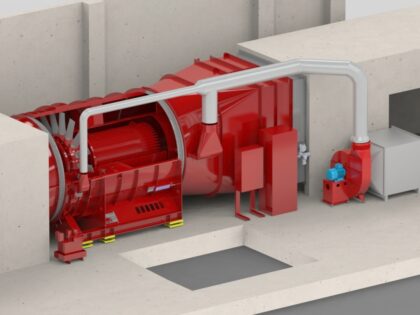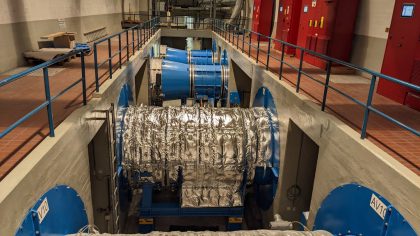Smoke extraction
Smoke extraction systems in road tunnels are critical to ensuring safety in the event of a fire. The purpose of these systems is to limit the generation of smoke, control the spread of smoke and allow for the safe evacuation of people. Here are the main aspects of how smoke evacuation is achieved in a road tunnel:
SMOKE AND FIRE DETECTION:
Smoke detectors and fire alarms are installed in the tunnel to provide early detection of smoke and fire. These sensors are strategically placed to provide rapid and accurate detection.
VENTILATION SYSTEM
The ventilation system in a tunnel consists of air inlets and outlets. Under normal conditions, this system provides a constant flow of air to maintain air quality. In the event of a fire, the ventilation system is adjusted to promote smoke removal.
AUTOMATIC CONTROL
An automatic control system regulates the operation of the ventilation system based on information received from smoke and fire detectors. If smoke is detected, the ventilation system is configured to maximize smoke removal.
SMOKE EXTRACTION FANS
Special smoke extraction fans are installed to effectively remove smoke. These fans create an airflow that pushes the smoke toward the exhaust vents.
COMMUNICATION AND EVACUATION PLANS.
An effective smoke extraction system must be complemented by clear communication channels and evacuation plans to ensure that people can exit the tunnel quickly and safely in the event of an emergency.
The implementation of a robust smoke extraction system in road tunnels is essential to ensure the safety of road users in the event of fire or smoke. The system must meet stringent safety standards and regulations.
Products






